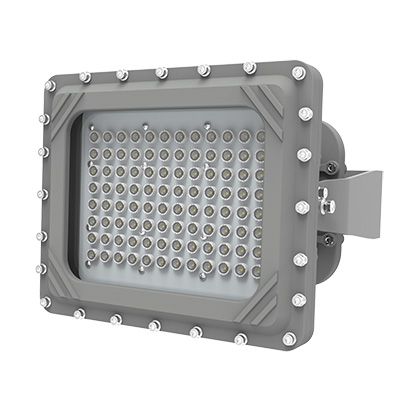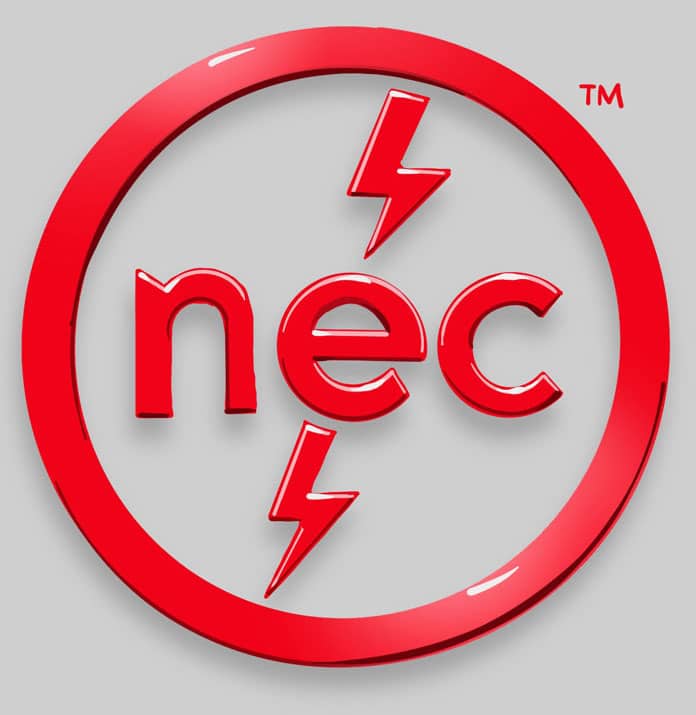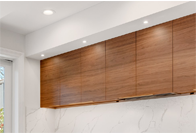Explosion-Proof Lighting 101: NEC and CEC codes for Safe Operations

The NEC and CEC codes are the main codes that govern explosion proof lighting in North America. These codes classify explosion proof lighting into three main categories: Class I, Class II, and Class III, based on the type of hazard present in the area.
- Division 1: Areas where an explosion is likely to occur. These areas require lighting fixtures that are designed, constructed, and tested to withstand the effects of an explosion without causing an ignition. Examples include oil and gas, petrochemical, and mining industries.
- Division 2: Areas where an explosion is not likely to occur. These areas require lighting fixtures that are designed, constructed, and tested to withstand the effects of an explosion without causing an ignition but the level of protection is lower than Division 1. Examples include food and beverage, pharmaceuticals, and printing industries.
- Division 1: Areas where an explosion is likely to occur. These areas require lighting fixtures that are designed, constructed, and tested to withstand the effects of an explosion without causing an ignition. Examples include grain handling, woodworking, and metalworking industries.
- Division 2: Areas where an explosion is not likely to occur. These areas require lighting fixtures that are designed, constructed, and tested to withstand the effects of an explosion without causing an ignition but the level of protection is lower than Division 1. Examples include food and beverage, pharmaceuticals, and printing industries.
- Division 1: Areas where an explosion is likely to occur. These areas require lighting fixtures that are designed, constructed, and tested to withstand the effects of an explosion without causing an ignition. Examples include textile mills and garment manufacturing industries.
- Division 2: Areas where an explosion is not likely to occur. These areas require lighting fixtures that are designed, constructed, and tested to withstand the effects of an explosion without causing an ignition but the level of protection is lower than Division 1. Examples include textile mills and garment manufacturing industries.
It is important to note that the NEC and CEC codes are the main codes that govern explosion proof lighting in North America. It is also important to understand the hazards present in the area and to choose the appropriate type of lighting fixtures for that specific application. Engineers play a crucial role in specifying the zones with these requirements and making sure that the appropriate type of explosion-proof lighting is used.
Overall, explosion-proof lighting is a crucial aspect of safety in hazardous environments, and it is essential to have a clear understanding of the different certifications, requirements, and characteristics of these lighting fixtures. By following the NEC and CEC codes, and selecting the appropriate type of explosion-proof lighting for a specific application, engineers and facility managers can ensure the safety of workers and equipment in hazardous environments.









